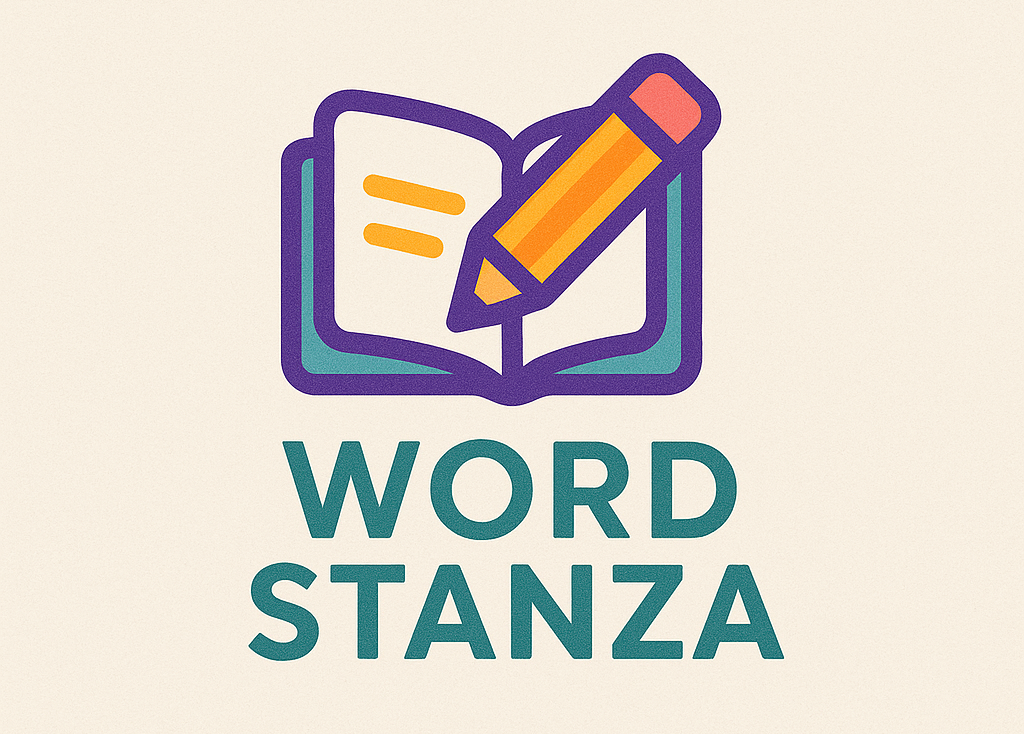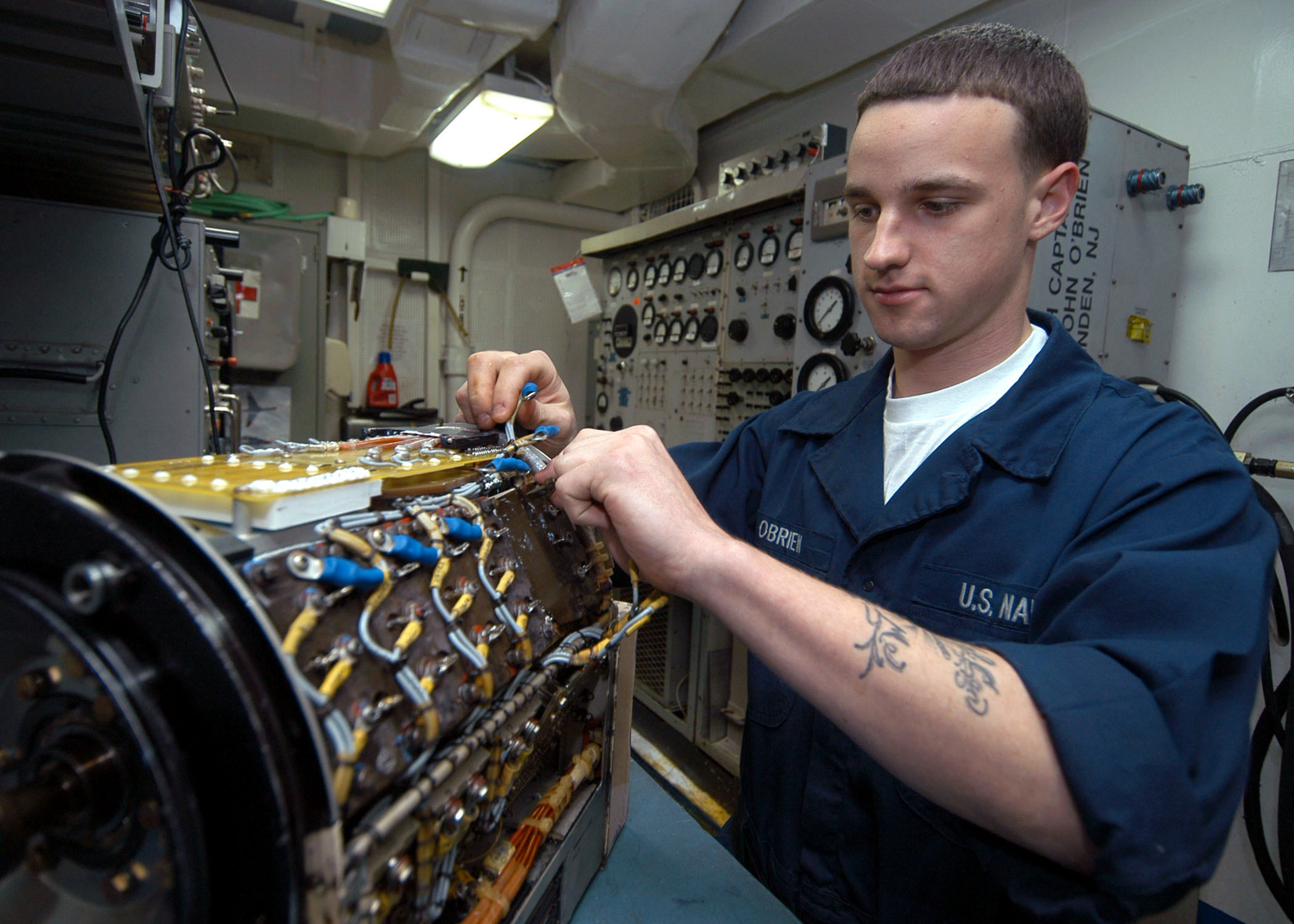There is something about owning a piece of art that just feels right. Maybe it’s because you can appreciate it for years to come, or maybe because you know the artist put their heart and soul into it. Whatever the reason, art is one of the most popular forms of merchandise around. This guide will discuss everything you need to know about art merchandise printing. We’ll cover topics such as choosing the right type of printer, preparing your artwork for printing, and more!
Choosing The Right Type Of Printer.
When it comes to art merchandise printing, you want a printer that is capable of creating high-quality prints. With so many options available, deciding which type of printer is right for you and your project can be challenging. Generally speaking, the most popular types of printers used for art merchandise are dye sublimation and direct-to-garment (DTG) printers. Dye sublimation printers are great for accurate color reproduction and long-lasting prints. DTG printers are ideal for short runs as they require less setup time than other types of printers. Choosing the right printer will depend on your budget and what type of artwork you plan to print.
Preparing Your Artwork For Printing
Once you’ve selected the type of printer, preparing your artwork for printing is essential. The most crucial step is to ensure that your artwork meets the printer’s specifications. For instance, if you are using a dye sublimation printer, you will need to convert your artwork into CMYK (cyan, magenta, yellow and black) format. Additionally, saving your artwork in vector formats such as PDF or EPS is essential so the design can be enlarged without losing quality. It is also best practice to include 1/8 inch bleed lines around each side of the print so that there are no white edges when printed on fabric.
Ensuring Quality Prints
It’s essential to examine your artwork closely before it is printed. Check for spelling errors and empty layers, and ensure all colors are in CMYK mode. Additionally, preview a low-resolution version of the file to be sure that there aren’t any jagged edges or pixelated areas. Make sure there are no extra elements on the page, such as a different stroke or drop shadow, that wasn’t intended to be part of the design.
To conclude, designing for fabric printing is a bit different than designing for paper. It involves understanding the fabric, ink, and printer capabilities to create a piece that will look great on fabric. From choosing the right fabric type to ensuring the design is optimized for print, many steps are involved in creating a successful fabric printed product. With these tips, you’ll be able to produce high-quality prints easily. Good luck!




